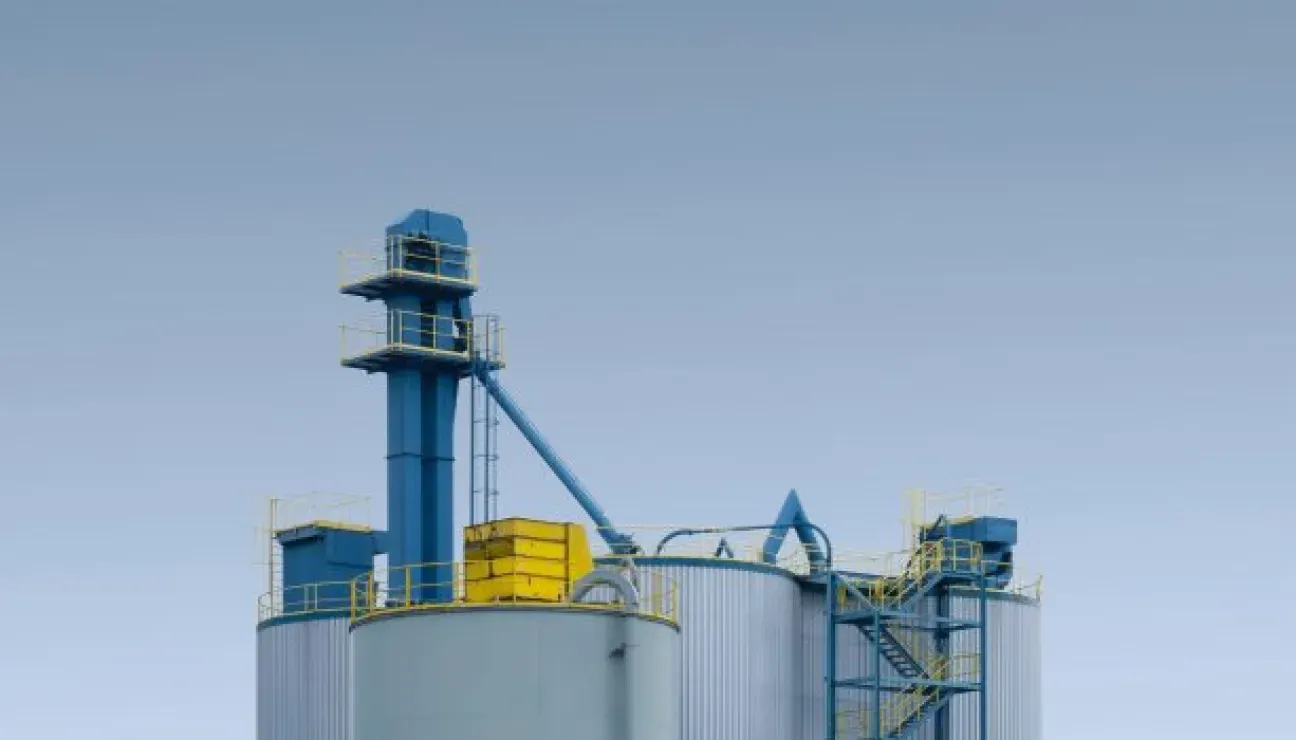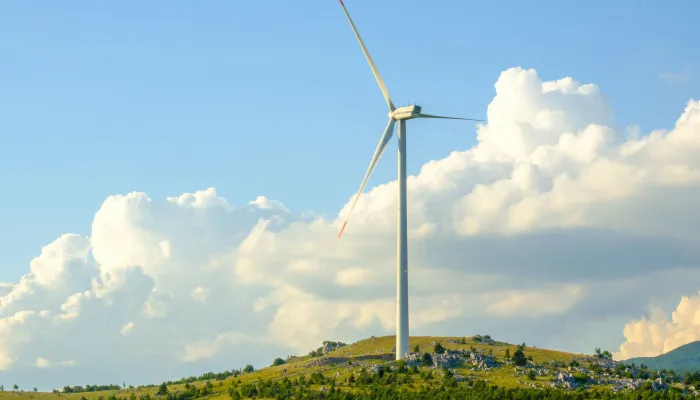Solid-state transformer opens the door to a decarbonised energy system

To achieve this, the electrification of the energy system and the massive integration of renewable energies are key elements and these, in turn, create the need to manage the system in a different, more active and flexible way.
This is why equipment capable of integrating new elements such as renewable sources or batteries is necessary, taking into account the variability and uncertainty of renewable production and successfully dealing with disturbance situations and reducing inertia in the system. The solid state transformer (SST), with the capacity to convert alternating current into direct current and transfer power between two direct current buses with different voltage values, is one of the flexible solutions proposed in this context by the SSTAR project, financed by the European Commission and led by the CIRCE technology centre in Spain over the next three years. Conventional high-power transformers are passive elements with no actuation capacity and current solid-state transformers do not yet have a mature technology and, so far, their use is restricted to low-voltage applications.
In this context, SSTAR aims to increase the operating voltage level of SSTs to expand their applications within the energy sector while improving their performance in a reliable, cost-effective and sustainable manner. The project, in addition to overcoming technical barriers, seeks to address other regulatory and socio-economic obstacles such as cost optimisation, improved safety and reduced environmental impact.
Objective: Achieve 50% emission savings compared to traditional oils
In this way, the SSTAR project proposes solid-state transformers as equipment that can help grid operators to overcome the challenges related to the penetration of renewable energies in the system thanks to the control over power flow, voltage regulation or wave regeneration that it offers. The results of the research to be carried out within the project will allow the prototyping of two solid-state transformer modules and a control converter.
This will involve the development of a sustainable bio-based dielectric fluid capable of increasing the insulation voltage of the modules and achieving 50% savings in emissions compared to traditional oils; the design of a new high insulation module based on silicon carbide with a bidirectional inductive power transfer system; and a cascade of H-bridge converters with decentralised control to scale the number of modules in a single device and thus be able to reach voltage levels typical of transmission grids (400 kV).







